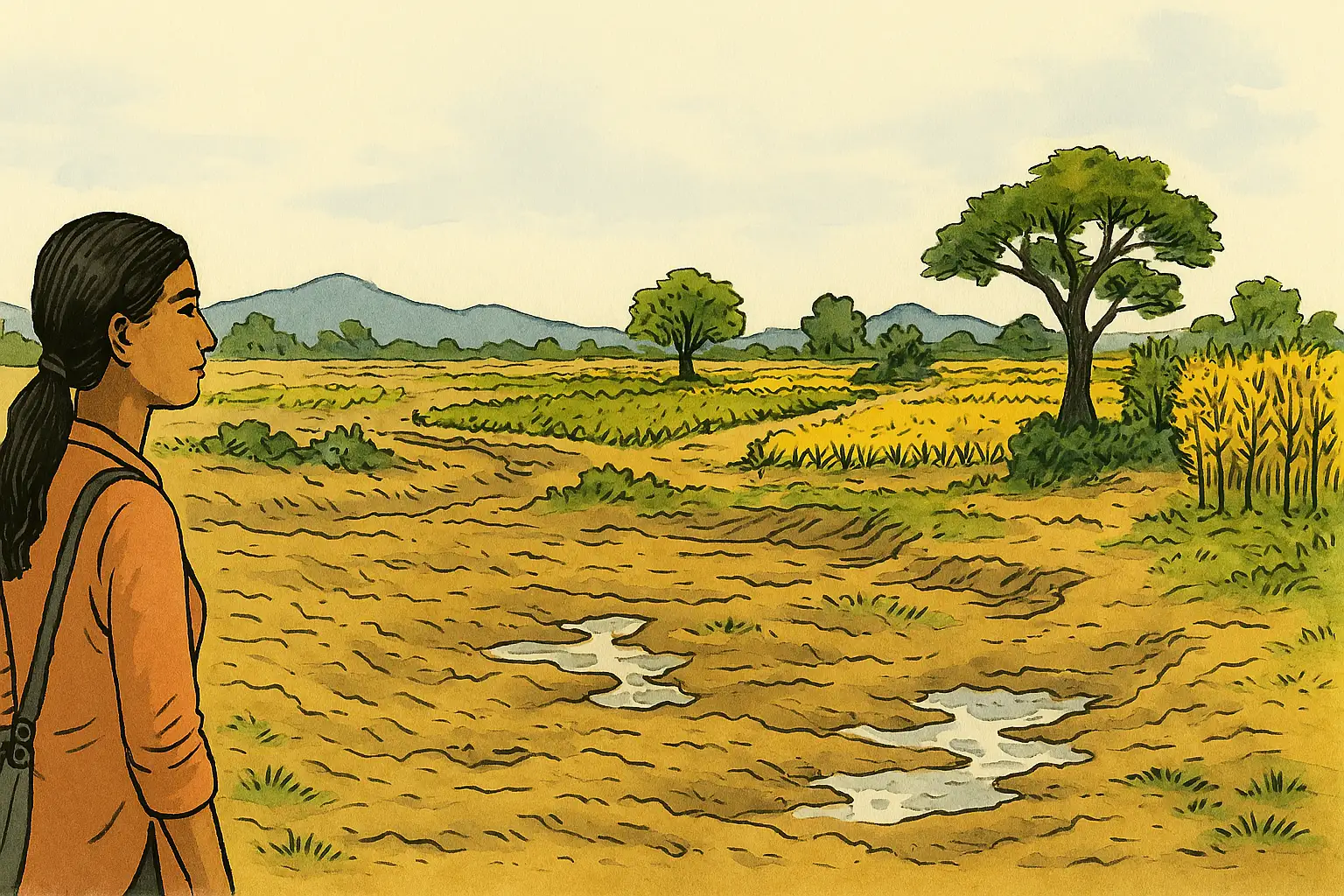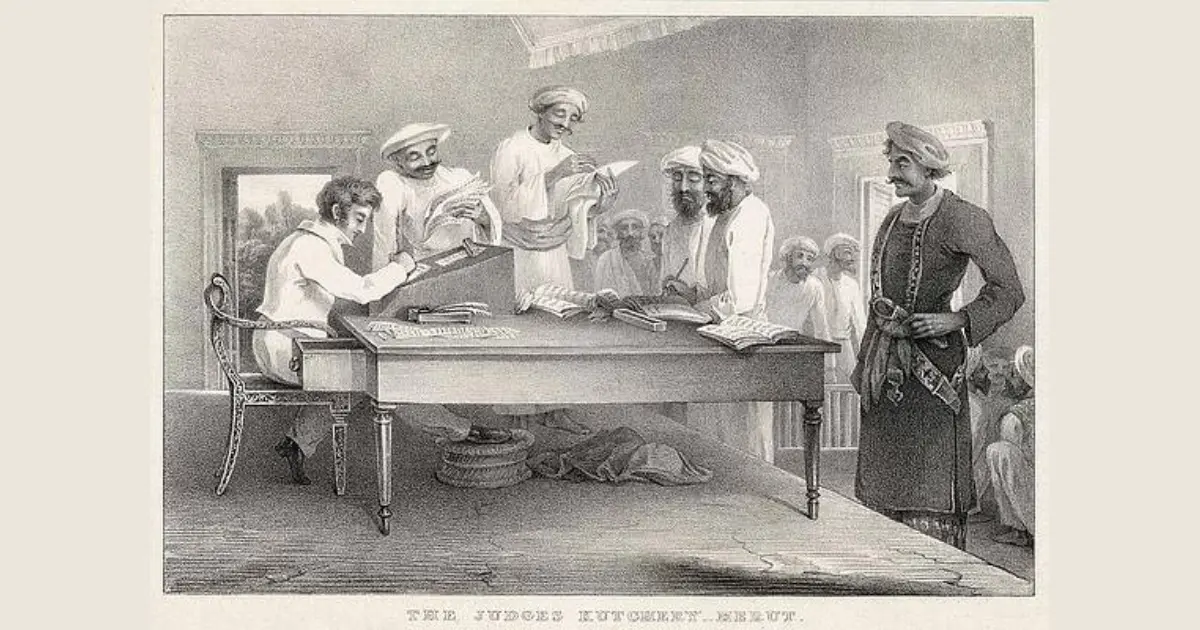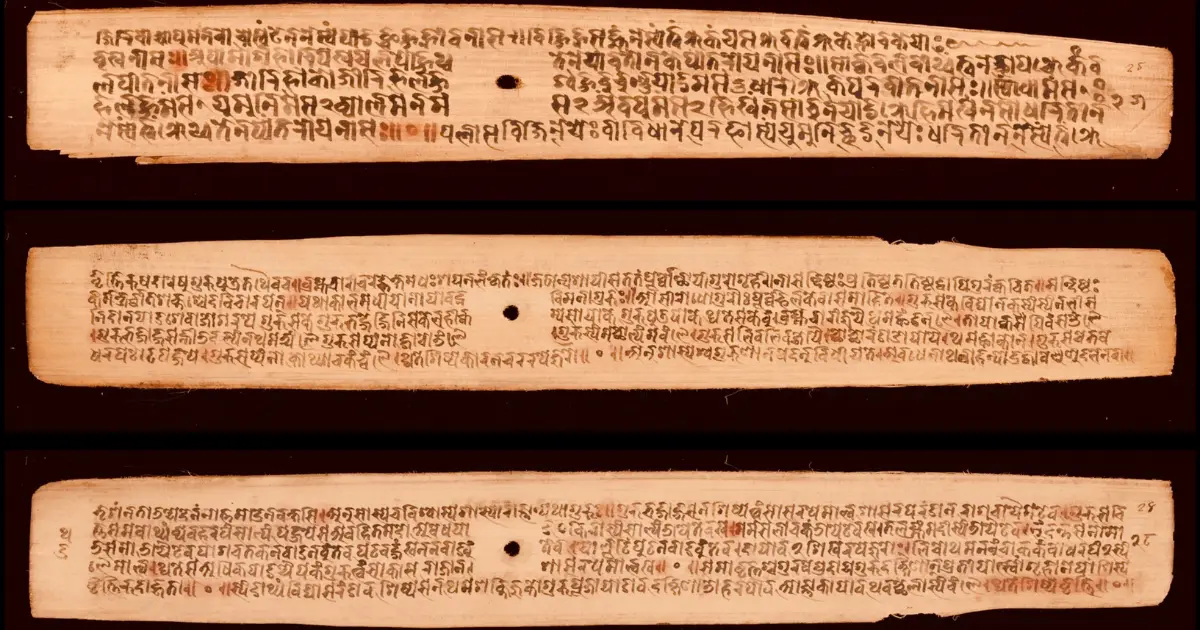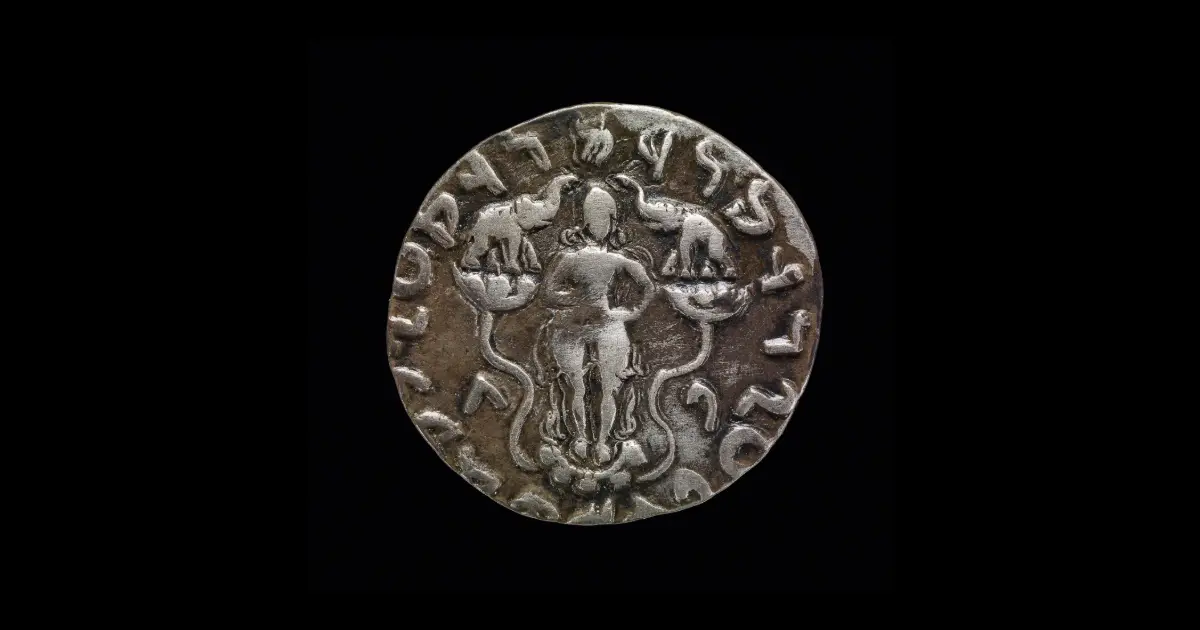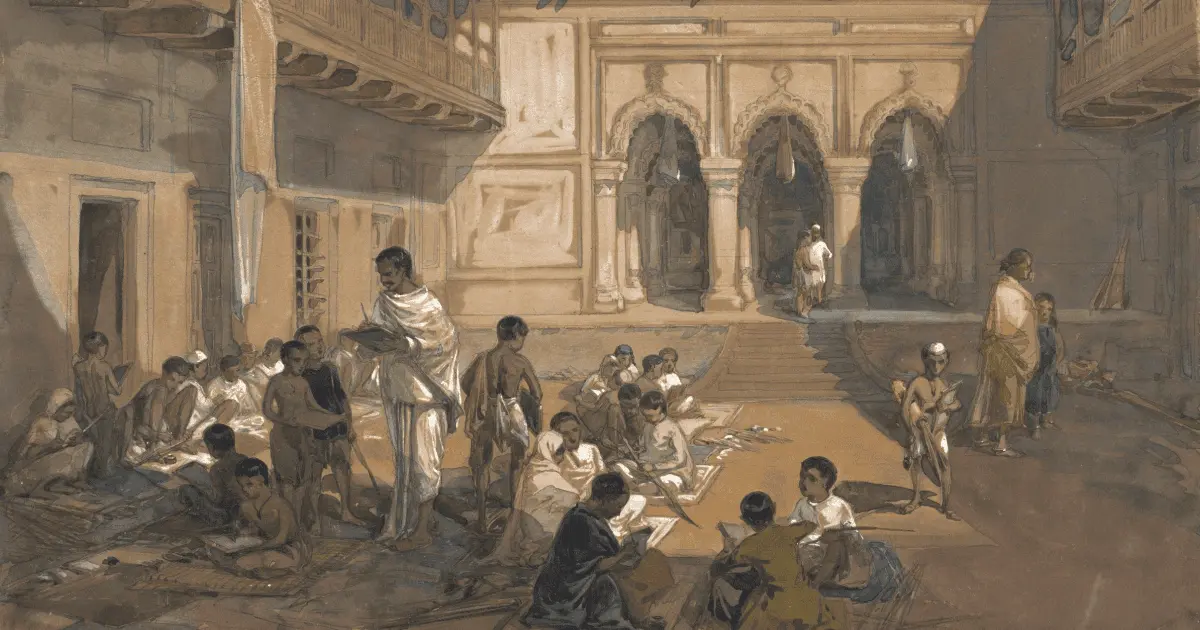Scholarship on museum practice increasingly demonstrates that artifacts cannot be reduced to inert objects of display. As Valentina Gamberi argues in Experiencing Materiality, religious objects in particular resist fossilization: they exist within webs of ritual, memory, identity, and lived engagement that destabilize the museum’s claim to neutral or secular presentation. The very attempt to define the “what” and “how” of an artifact often collapses into ambiguity, since each visitor, curator, or community projects different meanings upon it. In the case of Hindu mūrtis or paintings or storytelling scrolls, their role in darśana and ritual performance means that they are never “mere objects” but active participants in religious, social, and cultural life.
This is precisely where culture consulting for museums and other cultural spaces becomes crucial. As our work at Bṛhat demonstrates, culture consulting entails a deep responsibility—balancing scholarly integrity with sensibility and creative design—to ensure that cultural spaces transcend objecthood and purpose and speak to civilizational vitality.
- The paradox of sacred materiality: Sacred objects, especially from Hindu ritual traditions, resist being reduced to “artifacts.” Their vitality derives from ritual activation, presence, and community engagement. When displayed in museums, they risk becoming inert, that is, dying little by little, and eventually being viewed for mere aesthetic rather than religious value. Culture Consultants help design environments that allow some degree of continuity with their ritual lives, whether through narrative framing, spatial design, or multisensory cues.
- Beyond neutrality: Sacred artifacts mediate relationships between humans and the divine. Cultural spaces, therefore, must be designed such that they provide interpretive frameworks that acknowledge sacred presence, without collapsing into trivialization, commodification, or spectacularisation.
- Designing for resonance and education: Rather than treating sacred objects as evidence of a past, museums can function as resonant spaces—settings where visitors encounter atmospheres of devotion, ritual, and cosmology. Storytelling, architecture, and sensory immersion (sound, light, spatial flow) can help translate the experience of darśana or ritual encounter into a museum context.
-
Collaboration with communities: By facilitating collaborative curation with communities of practice, culture consultants can bridge the gap between institutional display and lived tradition.
Storytelling emerges as the central axis of contemporary museum design, precisely because it offers a means of mediating between materiality and meaning. As Experiencing Materiality argues, objects in museums are never stable in themselves; their significance crystallizes only through the interpretive frameworks and narrative structures that surround them. In the absence of such framing, artifacts risk becoming mute, fossilized, or decontextualized fragments. Culture consulting addresses this by foregrounding story-centered design, wherein exhibitions are not organized around static collections but around narrative arcs that guide visitors emotionally and intellectually through a civilizational landscape.
For Hindu civilization, this shift is imperative. Hindu heritage is not an archaeological residue but a living tradition where temples, rituals, philosophy, and art remain embedded in contemporary life. To present this heritage in the mold of Western museology—sterile vitrines, fragmented taxonomies, detached observation—is to misrepresent it fundamentally. Culture consulting offers the intellectual and practical framework to overcome this.
In the twenty-first century, therefore, cultural spaces must move beyond the colonial fixation on preservation and classification. They must become transformative environments where heritage, technology, and storytelling converge. Culture consulting is not a luxury—it is a civilizational necessity. For Hindu heritage, it ensures that what is displayed is a thriving culture, communicated with authenticity, dignity, and intellectual depth.
Gamberi, Valentina. Experiencing Materiality: Museum Perspectives. Oxford: Berghahn Books, 2021.

